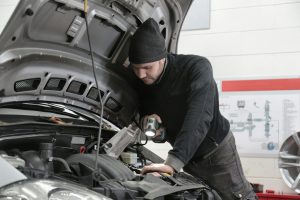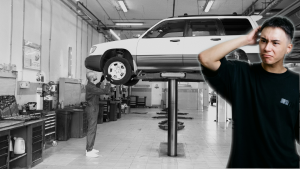Winter? What winter? Here in southwestern Ontario, Canada, I recall shovelling snow twice this season (No complaints, here!). Ah, but now it’s spring. The sun is out, the grass’s riz, and soon the heat of summer will be upon us. Time, then, to pause for a quick check of our rides to make sure we make the most of the summer driving season without roadside assistance.
1. Give Your Ride A Bath
Winter is brutal on vehicles, particularly ones that reside in climates where the temperature dips below zero. Bodywork and underworks get covered in salt and muck; and a thorough wash, top and bottom does wonders to remove the detritus of winter–you’d be surprised how much grime can be removed by getting down on all fours and spraying the underside with the garden hose. Even if you have stored your ride for the winter, go ahead a give it a wash before the first ride/drive as this begins to familiarize you with your ride’s characteristics and reminds you of those “to-do” items you noted when you washed your ride before storing it for the winter (you did wash your vehicle before storing it, right?).
2. Check Your Tires
In general, tire pressure should be checked once per month. Some of us (ahem, me, ahem) don’t relish the thought of filling the tires in the coldness of winter; and they may be under-inflated if they haven’t been attended to for a couple of months.
While you are at it, check the sidewalls for cracking or other signs of stress; and check the tread depth of all tires (a cheap and cheerful way to do this is to place a dime upside down into the tread; if the tread does not reach the top of the head of the figure on the back of the dime, the tire needs to be replaced).
Find the correct tire pressure for your vehicle (you can usually find it on the inside of the fuel tank door; otherwise, check your owners
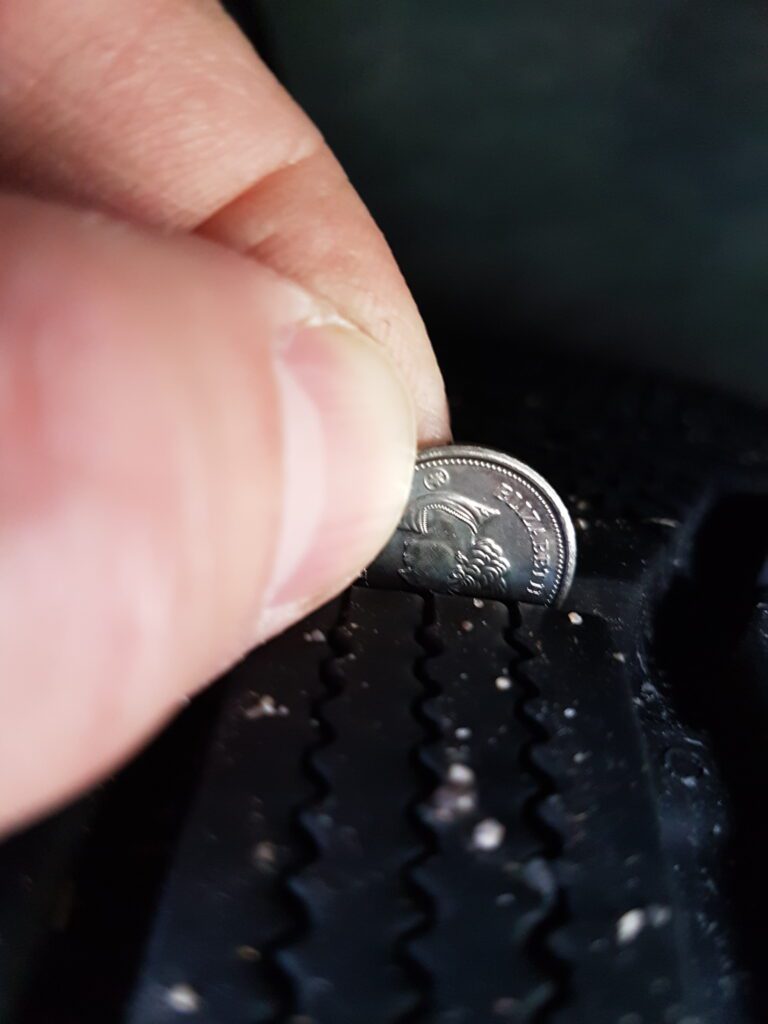
manual or Google it), and add air as necessary. Note: Tire pressure should be checked when the tires are cold.
3. Replace Wiper Blades
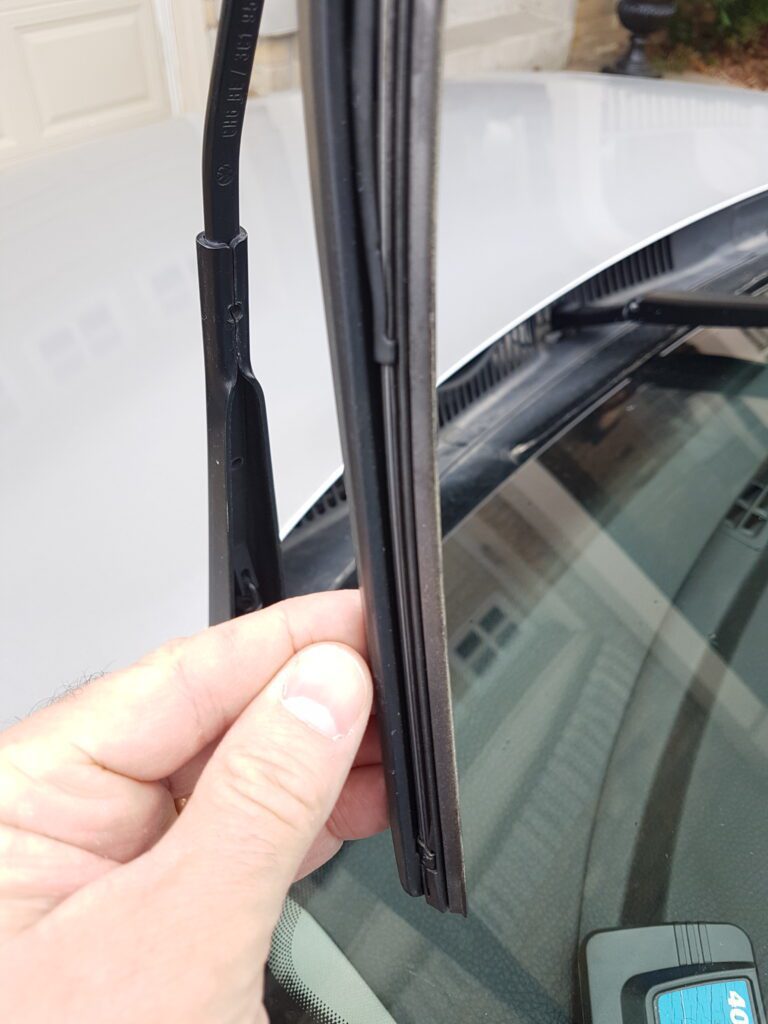
Windshield wipers take a beating in winter because the blade rubber gets brittle and notches form where ice has chipped it. As a result the wipers, don’t, er, wipe as much and they leave streaks on the windshield from the notches in the wiper blades.
You want to replace these.
Wiper blades are not specific to your vehicle; what matters is the length of each one (the driver’s side and passenger’s side are often different lengths).
If you don’t know your wiper sizes, as with tire pressure, you can do a Google search or check your owners manual.
Bonus tip: Don’t try this at home if you’ve never done it before because figuring out how to attach the new wiper blades can be daunting. Instead, pick a nice day and replace them while your car is still in the parking lot of the store where you bought them. This way, if you get in over your head, someone in the store with more experience can come out and help you.
4. Top Off Fluids
Repeat after me: Coolant –Brake – Steering – Washer – Oil – (And Sometimes Transmission). Coolant is the stuff that keeps the engine, uh, cool. You are going to want to make sure this is topped up to the correct range before the summer heat waves start.
Brakes and power steering rely on hydraulic pressure to slow your vehicle down / steer—
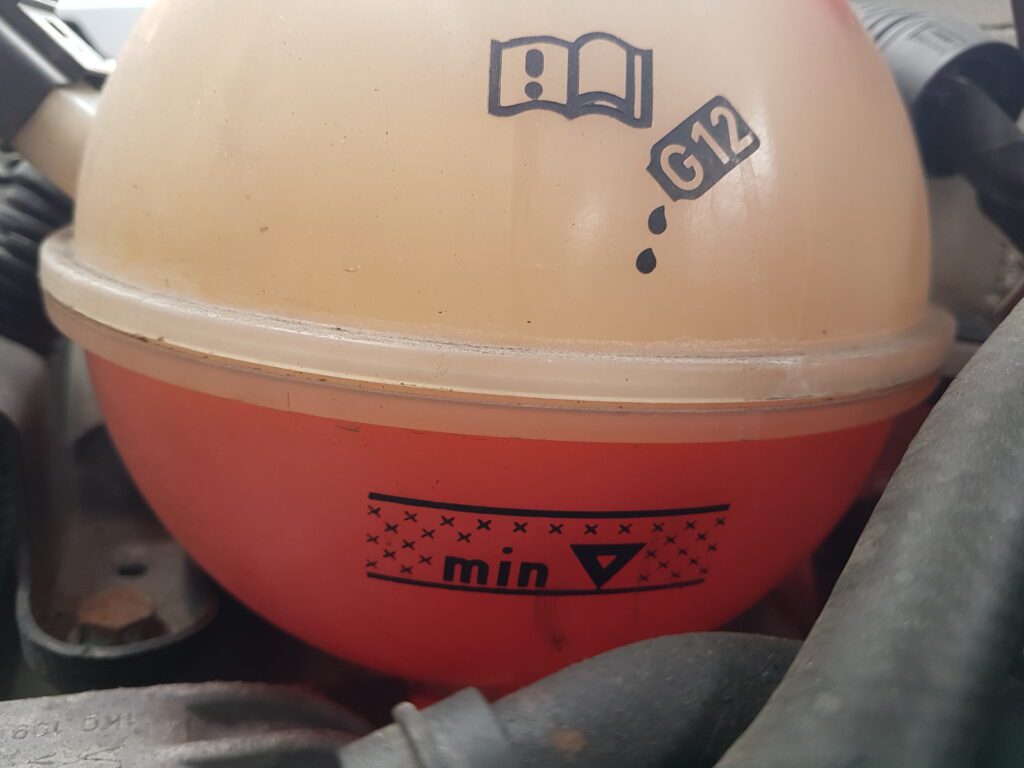
pressure that uses, wait for it, that stuff in your brake fluid and power steering fluid reservoirs, usually found at the back of your engine bay (closer to the windshield). As with coolant, make sure the level is between the Min and Max lines.
Washer fluid. Am I right? It’s probably the easiest to top up—just fill it with windshield washer fluid until it begins to overflow.
Next, check the oil and top up accordingly (preferably when the engine has warmed up to normal operating temperature; I usually check mine at a service station when I am filling up the gas tank). Also check when the oil and oil filter were changed last. If the oil is getting close to the recommended distance/time interval at which it should be changed, book an appointment to change it. Apply the same diligence to the oil filter.
Transmission fluid, like oil and other fluids, should also be checked. That said, transmission fluid usually does not (or should not) need to be topped up as often. In addition, the access points to check the transmission fluid are not always easily accessible. If not sure how to check your transmission fluid or when it was last changed, see a mechanic.
In all cases, refer to your owners’ manual for the correct specification for the fluids required for your vehicle as different vehicles use different fluid types.
Note Tire Pressure, Fluid Types, Etc. For Reference
While there are tried-and-true techniques that will help you check and remember all of the above, things like looking up the correct tire pressure for your vehicle or what type of brake fluid your car requires, and trying to remember those “to-do” tasks all take time—time that could be put to better use. That’s where MyRide901 comes in. It’s an app on your phone that is specifically designed to help you capture and manage your vehicle’s maintenance notes, images, and documentation all in one place that’s easily accessible. To find out more about MyRide901, DM us on Instagram or email us at team@myride901.

